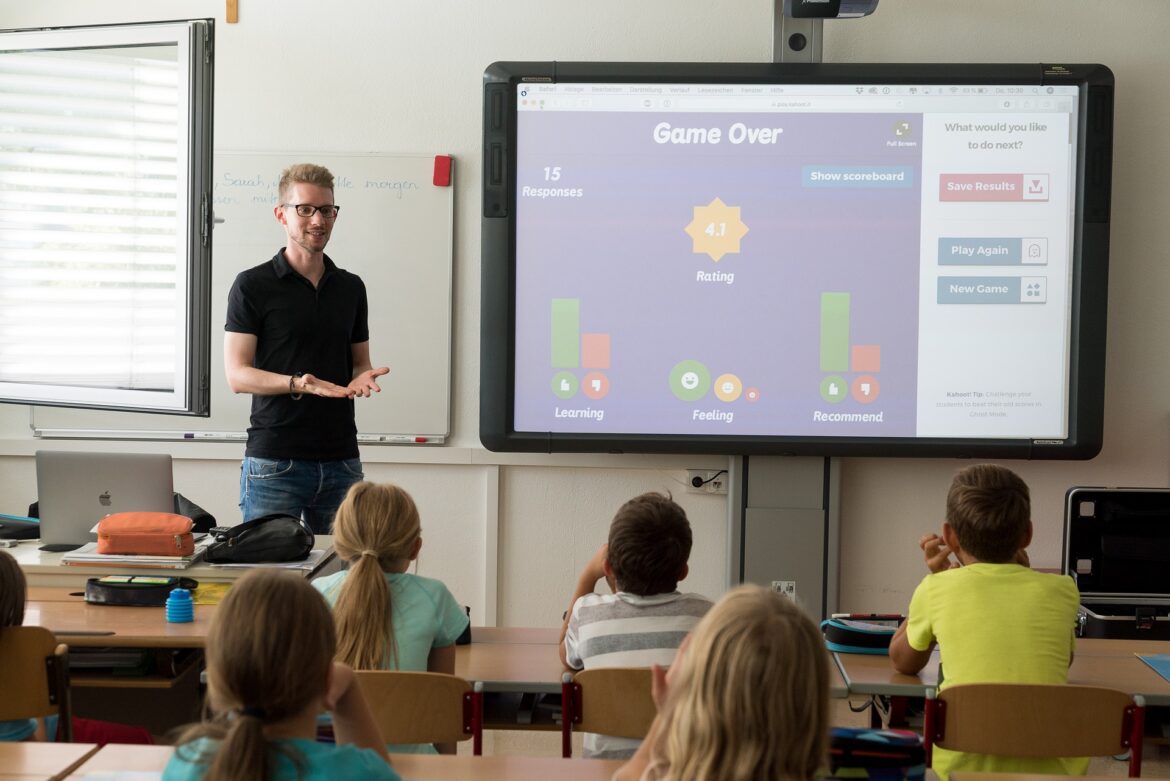As a teacher, you’re probably well aware that you can’t control everything that your students do outside of the classroom. If you’ve had to shift to a remote school model and back during the pandemic, this restriction on your influence likely feels more profound than ever.
Nevertheless, at the end of the day, as an educator, you still possess a powerful level of influence as you speak into your students’ lives. This authority doesn’t have to be limited to purely academic pursuits, either — you can also help advise your pupils regarding some of the more important parts of daily living.
One of the most important of these aspects of life is allow your body to rest and recuperate each day. Here’s a quick breakdown of why sleep is such a critical part of the learning process, as well as a few tips to help encourage your students to embrace their slumber.
Teaching the Importance of Sleep
Sleep is a normal part of everyone’s routine. In fact, the average human spends 26 years sleeping throughout their life. They also tack on an extra seven years just trying to get to slumber land. In other words, the pursuit of sleep, not even sleeping itself, adds up to nearly one-fifth of the entire bedtime experience.
Whether you’re in REM sleep or you’re just starting to drift off, the time every person spends sleeping is a very important part of their life. As such, students must be made aware of this critical activity.
This has never been more important to teach — from the front of a classroom as much as in the home — than during the modern, technological era. The use of digital devices has seriously cut into both the quality and quantity of most people’s sleep.
Children, who represent one of the largest demographics of tech users, are particularly prone to the impact of technology on their sleep. Studies have shown that the use of any device before bed is statistically linked to using multiple devices before going to sleep as well as increased screen time in the middle of the night.
By emphasizing sleep in your lesson plan, you can begin to highlight the urgency of prioritizing sleep over screens. This can help children in multiple ways:
- It gives them a chance to begin learning and applying discipline in their own lives.
- It shows them the value of adopting and maintaining healthy habits.
- It pushes them to compare the value of short-term satisfaction (i.e. with a screen) and long-term health (by sleeping).
In addition to helping children mature, encouraging better sleep can help with neuroplasticity, which is the brain’s ability to learn and grow and has effects even into adulthood. One of the first things recommended to help maintain neuroplasticity is to get not just plenty of sleep, but quality sleep as well.
From physical benefits like neuroplasticity to developmental growth and establishing healthy habits, there are many reasons to make sleep part of your curriculum.
How to Encourage Better Sleep for Your Students
As a teacher, you can’t directly impact your students’ sleep. However, you can certainly empower them to get better sleep. Here are a few suggestions to help you do so.
Foster a Sense of Self-Awareness
Teaching self-awareness isn’t just something reserved for serious counseling sessions aimed at uncovering deeper issues. It can also impact your sleep. Explain to your students that their sleep can be impacted by many different factors, such as:
- Anxiety and depression
- Napping during the day
- Caffeine too close to bed
- Excessive screen time and blue light exposure
- Eating and dietary concerns
- Sleep disorders
Some of these are covered in other recommendations below. However, simply explaining the variety of potential sleep concerns can help your students begin to grasp how vast and complex the concept of “a good night’s sleep” can be.
Highlight the Essential Nature of Sleep Schedules
A sleep schedule is a crucial part of quality sleep. It helps a person’s body stay in a steady circadian rhythm. This naturally allows you to drift off at the same time every night and even sets your body’s biological clock to wake up at a consistent time in the mornings, as well.
Encourage your students to go to bed around the same time every night. This doesn’t have to be a strict activity, either — it can simply be a window of time, such as between 9:00 and 11:00.
Teach the Timing of Activities
There are many different activities that, when done right before bed, can mess with your ability to fall asleep as well as the quality of your slumber once you doze off. A few tips that you can share with students in this area include:
- Planning your meals to avoid ingesting heavy foods right before bed
- Avoiding caffeine right before turning off the lights
- Unplugging and generally avoiding bright screens an hour or two before going to sleep
- Scheduling your exercise early in the day to avoid waking up your body right before bedtime
Many of these activities are perfectly fine to partake in at the right time of the day. It’s their proximity to bedtime that can make a big difference in how a person rests. This knowledge can empower your students to order their lives in a manner that enhances rather than hinders their rest.
Promoting Healthy Habits
The digital age has made sleep more than just an important activity — it’s become an essential part of education. With infinite tech-based activities offered as a tempting alternative, students must be proactively taught the importance of prioritizing a good night’s sleep.
As a teacher, you have limited influence in your students’ lives. However, you have authority nonetheless. Make sure to do your part in the fight for sleep for each and every one of your students as they learn how to navigate the unique activities of the digital age.



